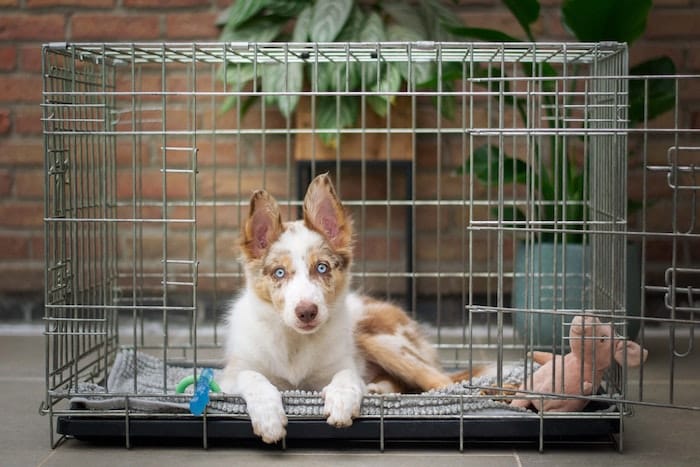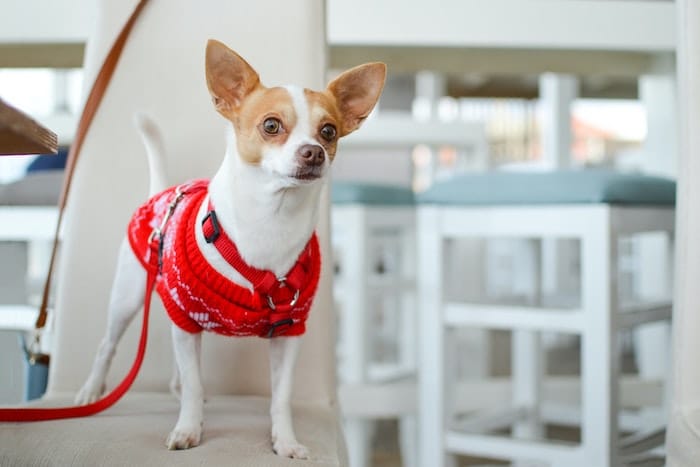It may be both amazing and challenging for everyone concerned to bring a new dog into a family that already has other animals.
If not handled properly, bringing a new dog into a pet-filled home may result in anxiety, stress, and conflict, which may result in harmful aggressive behavior or permanent separation.

Worldwide, 33% of households own pets, with 66% of households in the US having at least one pet, with cats and dogs being the most common breeds.
Therefore, it’s imperative that such households know how to properly introduce new pets to existing pets for a peaceful home.
To have a smooth and successful introduction process, what steps can you follow?
This article will delve into the answer to this question and other crucial factors regarding the successful introduction of a new dog into a pet-filled home.

Preparing for the Introduction
There are a few steps you can take before introducing your dog. These steps will make the process smooth and successful.
Step 1: Assess Your Current Pets
Before considering adding another pet to your home, it’s essential to assess your current pet’s behavior and temperament. Start by considering the following questions:
- Does your current pet have a history of aggression or possessiveness?
- Is your current pet generally comfortable around other animals?
- Does your current pet enjoy social interaction?
- How well does your current pet respond to training and obedience commands?
If your current pet is frequently aggressive around other animals, it’s best to prioritize addressing that behavior before introducing a new dog to the household. Consult with a professional dog behaviorist or your vet to determine the cause of the aggression and work on modifying that behavior.
Step 2: Choose the Appropriate Dog
Selecting a dog with a temperament, activity level, and play style that will get along with your other pets is crucial when bringing a new dog into your house.
Introductions are best suited for puppies and older dogs that have been socialized and trained to be responsible among other animals.
Step 3: Plan Ahead
Before you make the introduction, make sure there is a designated location in your home, such as a playpen, separate room, or crates, this will help the pet to retire and feel comfortable.
Set up a feeding and watering station and provide comfortable bedding, toys, and other essentials to keep the new dog comfortable.
Step 4: Get Everyone Ready
Prepare your animals for the introduction of dogs to dogs or cats to cats. This needs to happen in a peaceful location with no distractions, such as a park or a small room.
Be sure your pets are healthy and have had all the required immunizations, as verified by your veterinarian.

Introducing the new dog
Once you’ve taken the required precautions, it’s time to properly welcome the new puppy into your already-pet-friendly house.
Step 1: Introduce Dogs on Neutral Territory
Introduce your current pets first before the new dog while you’re on neutral ground. This allows both parties to smell and explore each other without feeling territorial or possessive.
Here are some steps to follow when introducing dogs to neutral territory:
- Choose a neutral location that’s unfamiliar to both dogs, such as a park.
- Use a leash for each dog: This prevents either pet from feeling threatened or aggressive towards the other.
- Keep the first meeting short: A brief meeting is all that’s needed for the dogs to get to know each other. If it goes well, you can gradually increase the length of their interactions.
- Don’t force the dogs to socialize: Let them come to each other naturally. If they show signs of discomfort, separate them and try again another day.
Step 2: The First Meeting at Home
The initial introduction at home after a neutral territory introduction should be done in a controlled setting where everyone is on a leash or in separate spaces. Start by allowing the pets to smell each other, but don’t force them together.
Allow the new dog into the home to explore while the existing pets are in their separate spaces. Take note of each animal’s body language and level of comfort. Repeat the process at least three times before letting the new dog loose in the house.
Step 3: Allow for interaction
After the animals are familiar with one another and the initial introductions go well, it’s time to allow for closer interaction. However, closely monitor their behaviors and body language during the first few interactions to avoid aggressive incidents. Reward positive behavior with treats, love, and encouragement.
Step 4: Keep them separated when unsupervised
Even after the pets become comfortable with each other, keep them separated when unsupervised.
The new dog should be kept in a separate area when left alone to prevent him or her from becoming destructive and to safeguard the safety of other family pets, such as cats or pet fish.
Dogs may be excited at the sight of fish swimming in the aquarium; if left alone, they can reach out to the tank or even want to drink from it, which can be dangerous to your pet fish.

Some Additional Tips
- Take It Slow
The introduction process should be gradual and slow, taking weeks if necessary. Rushing can make the pets stressed and anxious, which can lead to aggressive behavior. Don’t force your pets to interact or hang out together if they aren’t ready.
- Avoid Unnecessary Conflict
During the introduction period, avoid changes that could trigger conflicts, such as changing feeding routines or introducing new toys or beds. Keep everything as consistent as possible.
- Train Your Dogs Beforehand
Training your dogs beforehand will help you anticipate potential conflicts and keep everyone safe. Enrolling in obedience training classes can help improve communication between animals and provide basic training for your new dog.
Conclusion
It can be confusing and challenging to introduce a new dog to a pet-filled home. The main elements that may contribute to the success and smooth operation of the process are careful preparation, understanding, and patience.
By following the steps provided in this article, you can help your pet bond and form lifelong friendships. Remember, love and patience are key ingredients in every successful pet introduction.
Related Reading
